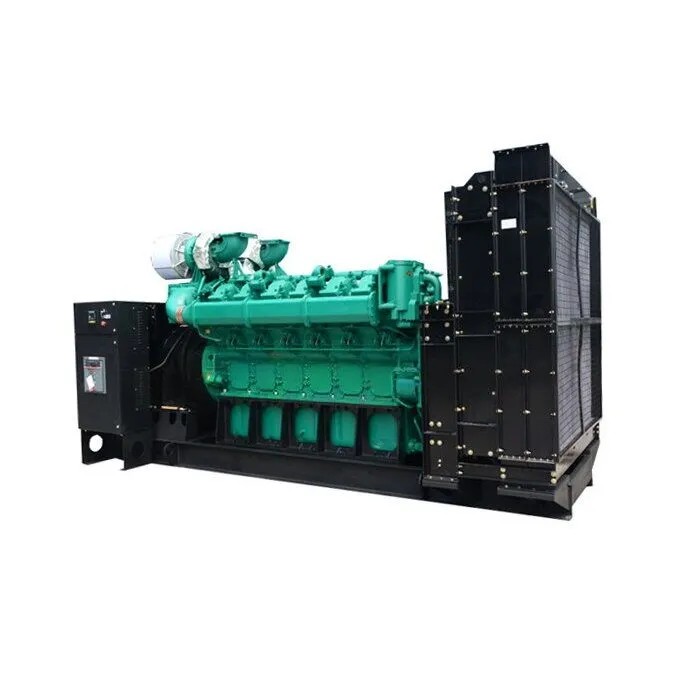


A Comprehensive Guide to the Types of EV Charging Stations
Understanding the Different Types of EV Charging Stations
As a Professional EV Charger Manufacturer in China, Topper Company Delivers Reliable Electric Vehicle Charging Stations and Comprehensive Charging Solutions.
As electric vehicles (EVs) become increasingly popular worldwide, knowing the types of EV charging stations is essential for both current and prospective owners. Efficient charging infrastructure directly impacts convenience, travel planning, and overall EV ownership satisfaction.
Home Charging: The Core of EV Ownership
Home charging is the most convenient way to keep your EV ready for daily use.
Level 1 Charging:
This basic method uses a standard 120-volt household outlet and typically requires no extra equipment. It adds about 2 to 5 miles of range per hour, making it ideal for overnight charging or short daily commutes. However, it can take 22 to 50 hours for a full charge, depending on the battery size. Level 1 is also practical for plug-in hybrids with smaller batteries.
Level 2 Charging:
Level 2 chargers use a 240-volt circuit—similar to those powering home ovens or dryers—and offer significantly faster charging, adding 10 to 30 miles of range per hour. Most EV owners opt for Level 2 chargers installed at home to fully charge their vehicles within 4 to 10 hours. Installation requires a licensed electrician and possibly an electrical panel upgrade. Many Level 2 units come with smart features like app controls, scheduled charging, and energy monitoring.
Workplace Charging: Charging While You Work
Many employers are installing Level 1 or Level 2 chargers at office parking lots. Workplace charging supports sustainability initiatives and offers employees convenient top-ups during the day. For many, it covers a substantial part of their weekly charging, especially if commutes are under 50 miles. Employers may benefit from government incentives and can choose to offer charging for free or bill employees based on usage.
Public Charging Stations: Powering EVs On the Go
Public charging stations are vital for EV owners away from home or on long trips.
Level 1 Public Charging:
Less common but still available in some urban parking lots, Level 1 public chargers are suited for long-term parking scenarios, such as airports or municipal garages. They charge at around 2 to 5 miles per hour.
Level 2 Public Charging:
These chargers form the backbone of most public networks and can be found at shopping centers, hotels, restaurants, and more. They provide 10 to 30 miles of range per hour, making them perfect for destination charging while you shop or dine. Many are networked, allowing users to find, reserve, and pay for charging via mobile apps.
Level 3 Charging (DC Fast Charging):
The fastest option, DC fast chargers deliver direct current to the battery, bypassing onboard chargers for rapid refueling. They can charge an EV to 80% in 15 to 60 minutes, depending on the charger’s output (50kW to 350kW) and vehicle battery capacity. Level 3 chargers are common along highways and major travel routes, crucial for reducing range anxiety on long trips. Not all EVs support DC fast charging—check your vehicle’s compatibility and connector type (CCS, CHAdeMO, or Tesla).
The Future: Ultra-Fast Charging
Emerging ultra-fast DC chargers, delivering 150kW to 350kW, enable some EVs to gain up to 200 miles of range in just 15 minutes. These require advanced infrastructure, including grid support and cooling systems, and promise to bring EV refueling times closer to those of gasoline vehicles.
Connector Types: Ensuring Compatibility
EVs use different charging connectors:
J1772 (SAE): Standard for Level 1 and 2 in North America.
CCS: Popular DC fast charging connector in North America and Europe.
CHAdeMO: Common with older Japanese EVs.
Tesla Connector: Proprietary, with adapters available for other networks.
Always verify charger compatibility before use.
Smart Charging: Enhancing the EV Experience
Modern charging stations feature smart capabilities like real-time availability, remote session control, load balancing, payment integration, and off-peak energy scheduling. These benefits are especially valuable for public networks, apartment complexes, and fleet managers.
Conclusion
Choosing the right EV charger depends on your daily habits and charging locations. Home chargers (Level 1 or 2) provide convenience and cost savings, workplace chargers offer daytime top-ups, and public chargers, especially DC fast chargers, enable longer trips. As charging infrastructure continues to grow and improve, understanding these options will help you optimize your EV ownership experience.Know more about Google SEO Directory
